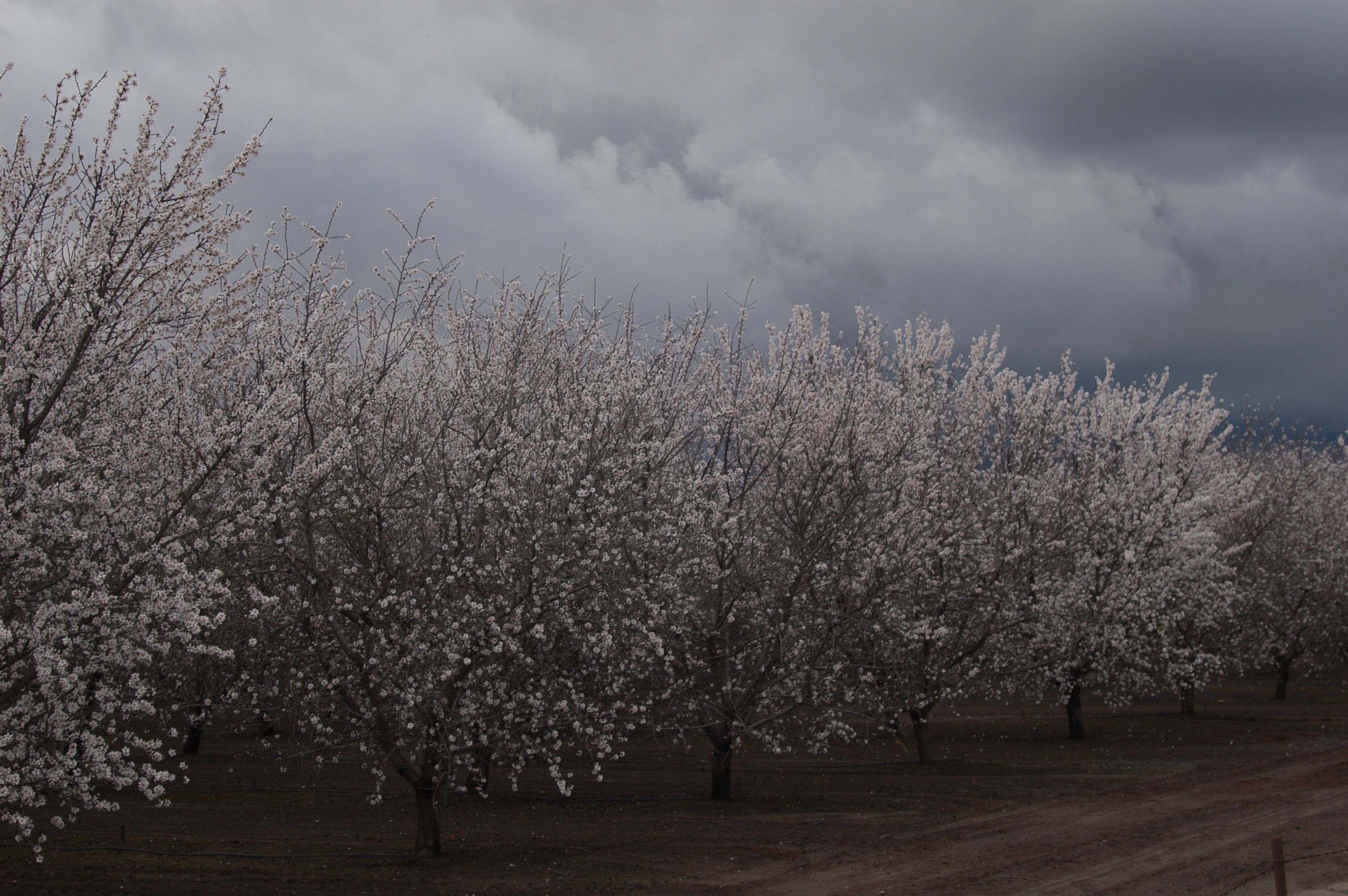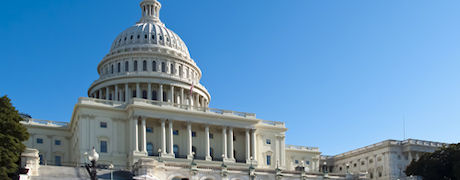Climate Change: Register now for the first California Adaptation Forum
The consensus is overwhelming: our climate is changing. According to NASA’s Global Climate Change website, “97% of climate scientists agree that climate-warming trends over the past century are very likely due to human activities, and most of the leading scientific organizations worldwide have issued public statements endorsing this position.”
Adapting to climate change is critical at all levels of our economy, including ensuring a secure food supply in the future.
For the first time, the Local Government Commission in partnership with the State of California will be holding the California Adaptation Forum. The two-day event is designed to engage a diverse mix of attendees to create a comprehensive network with a shared, strong commitment to addressing climate risks. It will be held in Sacramento on August 19-20, 2014.
Registration for the forum is now open with early registration rates ending on July 18th, 2014. This event is very timely and builds off last year’s successful National Adaptation Forum.
The event will include agriculture/food-focused sessions such as:
- How Local Food System Planning Can Create More Resilient Communities
- The Role of California Rangelands in Adapting to Climate Change
- Reclaiming Energy: Farms, Forests and Waste Streams
CDFA has engaged growers on identifying potential adaptation measures, which are highlighted in the Climate Change Consortium Final Report. The California Adaptation Forum will continue this discussion in a highly useful way, for the benefit of our children and future generations that will call California home.



















